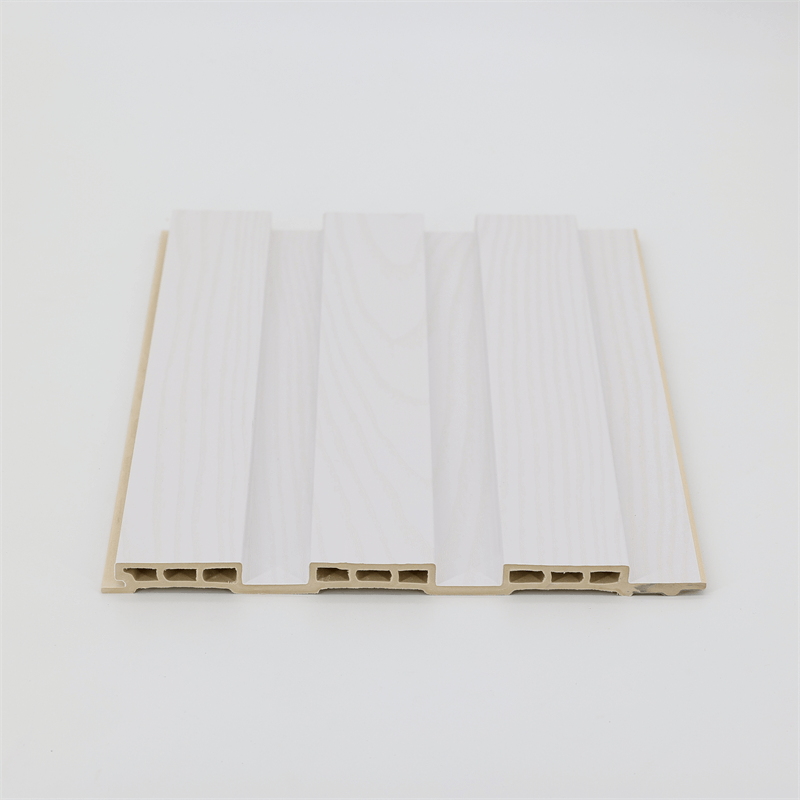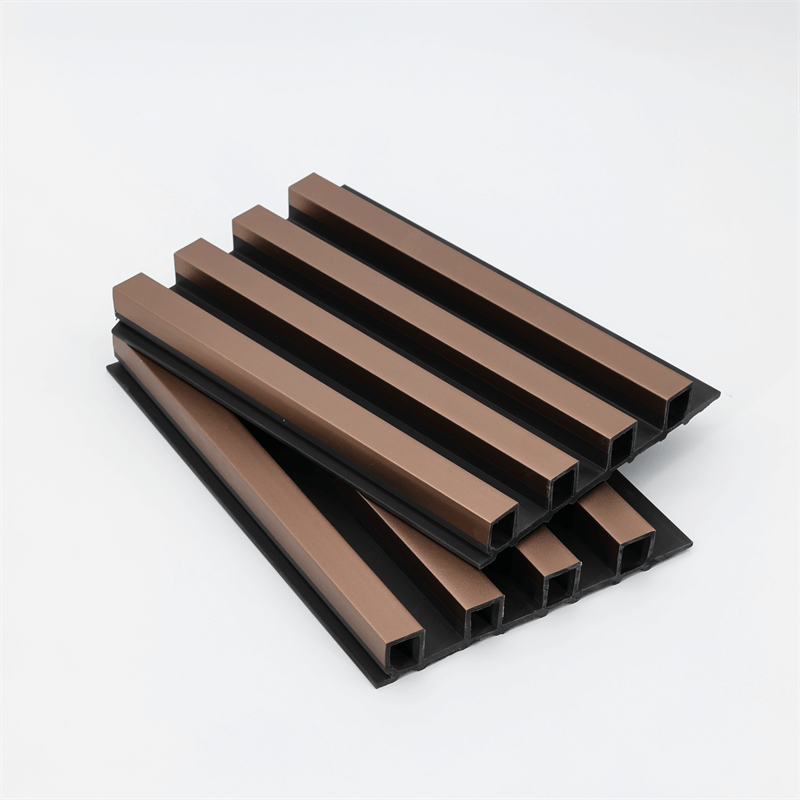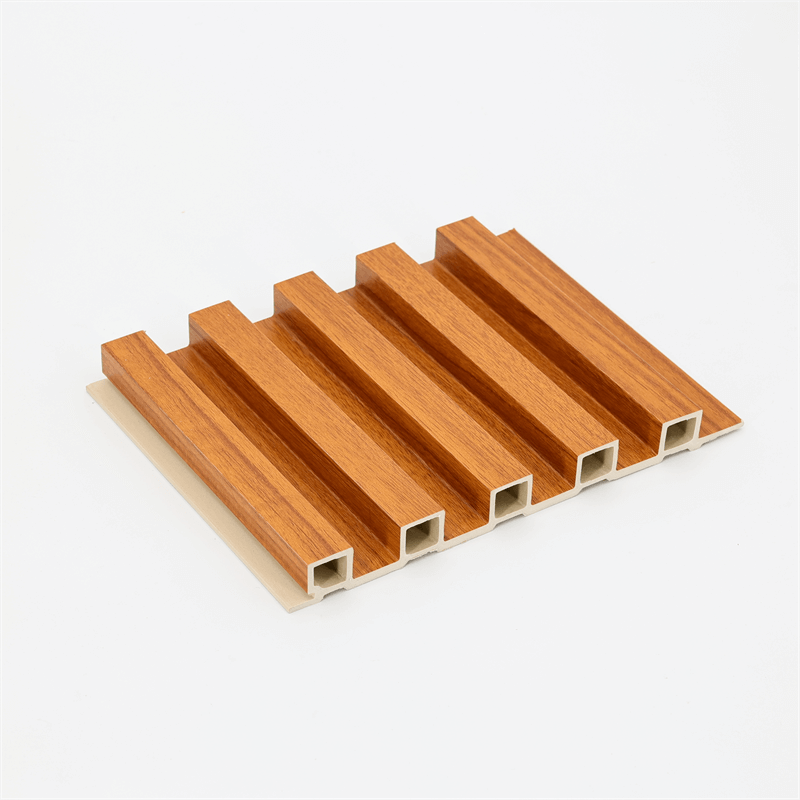Wall cladding plays a crucial role in enhancing the aesthetics, durability, and functionality of buildings.
In recent years, Wood Plastic Composite (WPC) wall panels have emerged as a cost-effective alternative to traditional cladding materials.
This essay explores the benefits of using WPC wall panels in terms of affordability, long-term cost savings, durability, and sustainability.
By examining these advantages, we can understand why WPC panels have become a popular choice for architects, builders, and homeowners seeking a cost-effective solution for wall cladding.
I. Affordability: Lowering Initial Construction Costs
One of the primary advantages of WPC wall panels is their affordability compared to traditional cladding materials.
Traditional options such as brick, stone, or metal can be expensive to source and install, requiring skilled labor and specialized equipment.
In contrast, WPC panels offer a more cost-effective solution.
These panels are manufactured using a combination of wood fibers and recycled plastics, resulting in a product that is significantly cheaper than natural materials.
The availability of WPC panels in various price ranges makes them accessible to a wide range of construction projects, including residential, commercial, and institutional buildings. By choosing WPC wall panels, construction costs can be reduced without compromising on quality or aesthetics.
II. Long-Term Cost Savings: Minimal Maintenance and Durability
Beyond their affordability, WPC wall panels offer long-term cost savings due to their minimal maintenance requirements and exceptional durability.
Traditional cladding materials often demand regular upkeep, including painting, sealing, and repairs, to maintain their appearance and structural integrity.
In contrast, WPC panels require minimal maintenance. They are highly resistant to rot, decay, and insect damage, eliminating the need for frequent repairs or replacements.
Additionally, WPC panels do not fade or warp over time, reducing the need for costly repainting.
By choosing WPC wall panels, building owners can save on maintenance expenses, reducing the overall lifecycle cost of the structure.
III. Durability: Resisting Environmental Factors
WPC wall panels are engineered to withstand a range of environmental factors, making them a durable choice for both interior and exterior cladding applications.
These panels are resistant to moisture, mold, and mildew, making them suitable for humid climates or areas prone to moisture buildup.
Additionally, WPC panels do not crack, warp, or splinter, even under extreme weather conditions.
They offer excellent dimensional stability, ensuring that the cladding remains intact and visually appealing for years to come.
The durability of WPC wall panels ensures that buildings maintain their aesthetic appeal and structural integrity over an extended period, reducing the need for frequent repairs or replacements.
IV. Sustainability: Environmental Benefits and Reduced Energy Consumption
WPC wall panels offer sustainability benefits, aligning with the growing demand for eco-friendly construction materials.
These panels are composed of recycled plastics and wood fibers, diverting waste from landfills and reducing the demand for virgin materials.
By utilizing recycled content, WPC panels contribute to resource conservation and waste reduction.
Additionally, the manufacturing process of WPC panels consumes less energy and generates fewer carbon emissions compared to traditional cladding materials.
This environmental advantage further enhances the cost-effectiveness of WPC wall panels by reducing the carbon footprint associated with construction activities.
Furthermore, WPC panels contribute to energy efficiency in buildings.
They possess excellent insulation properties, helping to regulate indoor temperatures and reduce heating and cooling costs.
The thermal efficiency of WPC panels contributes to a more sustainable and cost-effective building envelope, providing long-term energy savings for building owners.
WPC wall panels offer a cost-effective alternative to traditional wall cladding materials.
With their affordability, long-term cost savings, durability, and sustainability, WPC panels have gained popularity among architects, builders, and homeowners.

By choosing WPC panels, construction projects can achieve significant cost reductions while maintaining the desired aesthetic appeal and durability.
Moreover, the sustainability benefits of WPC panels contribute to a greener built environment and reduced energy consumption.
As the demand for cost-effective and sustainable construction solutions grows, WPC wall panels are set to play a crucial role in the future of wall cladding.
WPC wall panels have emerged as a cost-effective alternative to traditional wall cladding materials, offering numerous advantages in terms of affordability, long-term cost savings, durability, and design versatility.
Their lower initial construction costs make them an accessible option for a wide range of construction projects.
Additionally, their minimal maintenance requirements and exceptional durability contribute to long-term cost savings, reducing the overall lifecycle cost of the structure.
WPC panels are designed to withstand environmental factors, ensuring their longevity and structural integrity.
This durability eliminates the need for frequent repairs or replacements, further reducing maintenance expenses.
Moreover, WPC panels offer sustainability benefits by utilizing recycled materials and reducing energy consumption during the manufacturing process.
Their thermal efficiency also contributes to energy savings in buildings.
The versatility in design allows architects and designers to achieve aesthetic appeal at a lower cost.
With various colors, textures, and finishes available, WPC panels can mimic the appearance of natural materials, providing a wide range of design options to suit different architectural styles and preferences.
In conclusion, WPC wall panels offer a cost-effective, durable, and sustainable solution for wall cladding.
Their affordability, long-term cost savings, durability, and design versatility make them an attractive choice for architects, builders, and homeowners.
By embracing WPC panels, construction projects can achieve both economic and environmental benefits, contributing to a more sustainable and visually appealing built environment.


